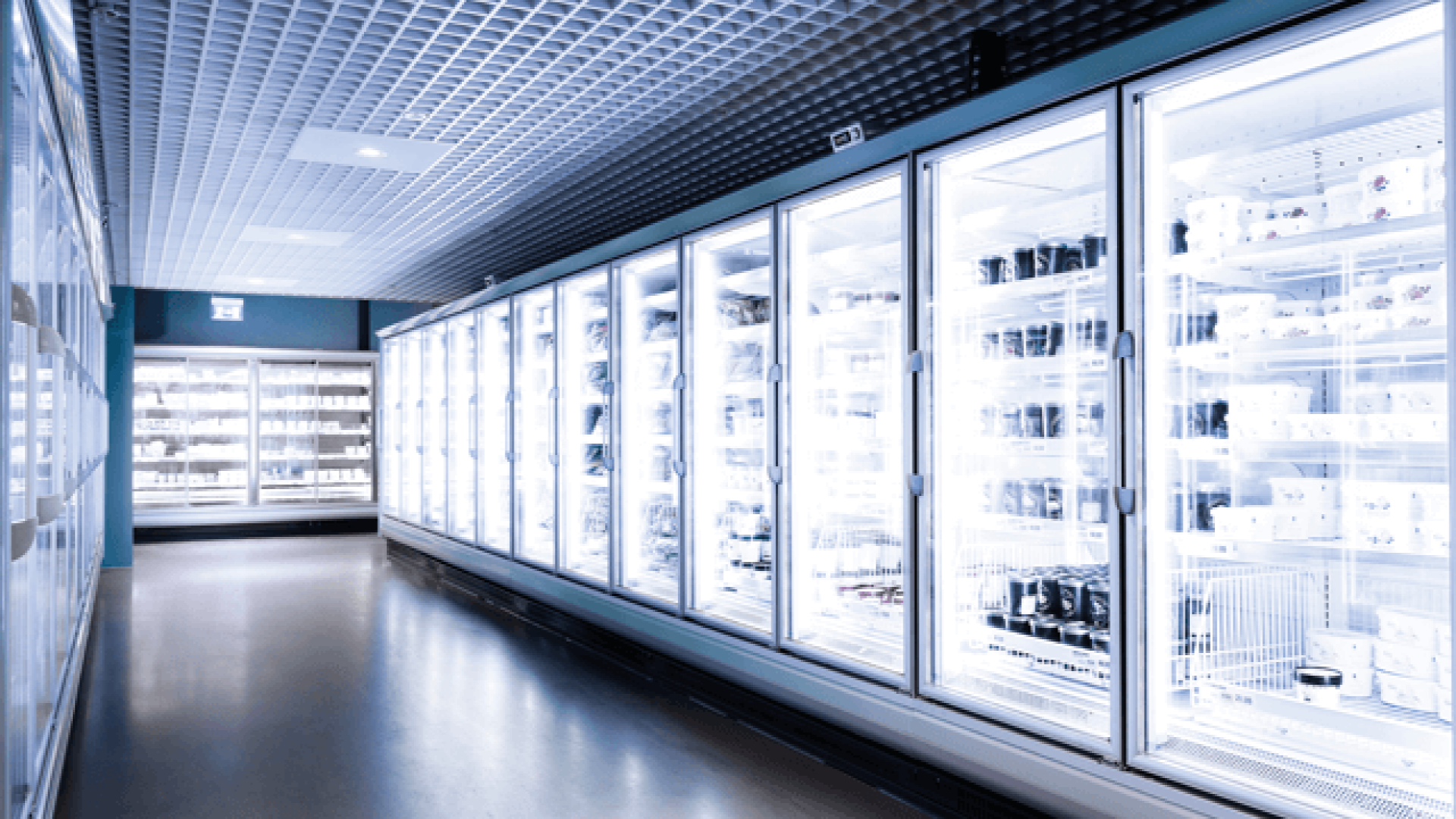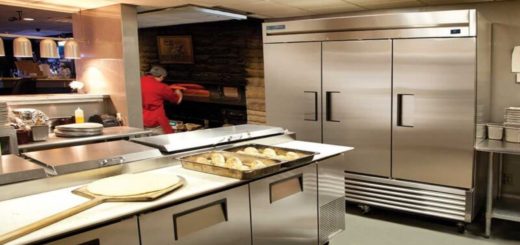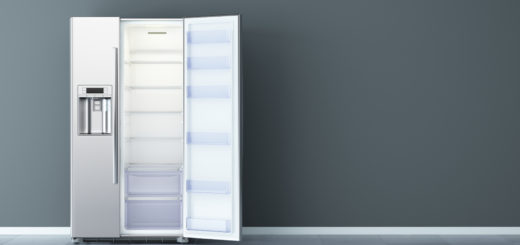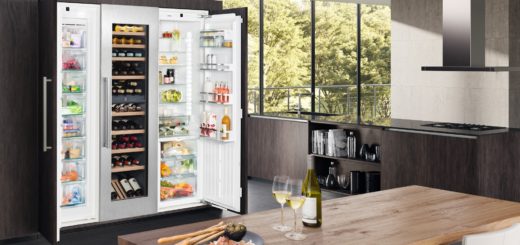Preventative Commercial Refrigeration Maintenance Tips

Maintenance of commercial refrigeration equipment is important. It helps to maximize performance, minimize electrical consumption and boost the lifespan of your unit. Boggled where to begin when it comes to preventative maintenance for your kool-It, Omcan, or Migali refrigerator? We will try to give you some essential areas to focus your efforts during commercial refrigeration cleaning and maintenance.
- Cleaning & inspection of condensing unit and evaporator coils to remove built-up dirt and dirt
- Disassembly and thorough cleaning of ice makers
- Inspection of compressor and fan motor
- Cleaning of fan blades
- Door gasket replacement, hinge lubrication, and repair of air leaks to restore a tight seal and consistent cooling temperature
- Inspection of refrigerant levels
- Checking electrical connections
- Recalibrating thermostats
Inspect and Clean your Refrigerator:
- The unit should be cleaned daily to prolong the life of your unit and keep the unit clean
- Try not to use strong detergents and gritty, abrasive cleaners as they may tend to scratch the surface. Don’t use cleaners containing chlorine, this will cause corrosion of the stainless-steel units
Inspect the unit for signs of wear & tear that may require repairs:
- Freezers need to run continuously, so without regular inspections and preventative maintenance services, even the strongest and newest cooling units are at high risk of breakdown.
- Commercial fridges need to maintain a consistent temperature to keep foods properly chilled. The slightest change in conditions or temperature can impact quality, resulting in food safety violations.
Inspect Door Gasket:
- Pull gasket and visually inspect gasket (s) for tears, mold, dirt, or worn gasket. Replace as needed. Model and serial number is required when placing a parts order at Guaranteed Parts
Inspect and Clean Condenser Coil:
- Brush or vacuum all dirt, lint, or dust from the condenser coil, around the compressor and other cooling system parts as needed. If there is dirt clogged in the condenser fins, use can use compressed air to blow the dirt clear.
Clean Icemaker:
An ice machine should be cleaned and sanitized at least once every six months for efficient operation. You must perform the cleaning procedure to remove lime, scale, and mineral deposits, followed by the sanitizing procedure to disinfect the unit and remove algae, slime, and contaminates.
- Remove ice from bin or dispenser
- Add cleaner and ensure you use the recommended amount of ice machine cleaner per your manual and switch on the “wash” or “clean” button.
- Wait until the clean cycle is complete approximately 20 minutes. Once it is complete, disconnect the power to the ice machine.
- Remove internal components before cleaning
- Cleanly removed components and food surfaces
- Rinse all areas with clean water. This will help remove chemicals to prevent ice from becoming contaminated.
Thermal Calibration for Your Commercial Fridge:
Thermostats are usually found inside the refrigerator and have a knob that allows you to adjust the temperature setting. Once you set the desired temperature, the thermostat maintains that temperature by controlling the flow of electricity to the compressor. When the air inside the refrigerator is at the desired temperature, the thermostat stops the flow of electricity to the compressor. When the thermostat senses too much heat, it allows electricity to flow, activating the compressor.
How to test and recalibrate a walk-in cooler thermometer
- Prepare a mixture of crushed ice and water in a cup/bowl to create slush.
- Place the thermometer bulb into slush and check the reading. The thermometer should reach 32° F/ 0° C. If the thermometer doesn’t reach 32° F/ 0° C, it will need to be recalibrated.
- If recalibration is needed, start by removing the face cover from the thermometer by gently prying it off with a flathead screwdriver or twisting it off. Be careful when removing the cover to not damage it.
- Carefully hold the pointer as you insert a flathead screwdriver into the pointer slot. Slowly turn it clockwise for a lower temperature, or counter-clockwise for a higher temperature.
- Once the thermometer has been recalibrated to the appropriate temperature measurement, reinstall the thermometer cover gently and replace it in the unit.
To conclude restaurant owners and others with commercial refrigeration equipment tend to forget to maintain their fridges until it’s too late. Scheduling routine upkeep will guarantee that your equipment is operating to manufacturer standards.
For any commercial parts inquiries, you may contact Guaranteed Parts: 1-855-472-4443



